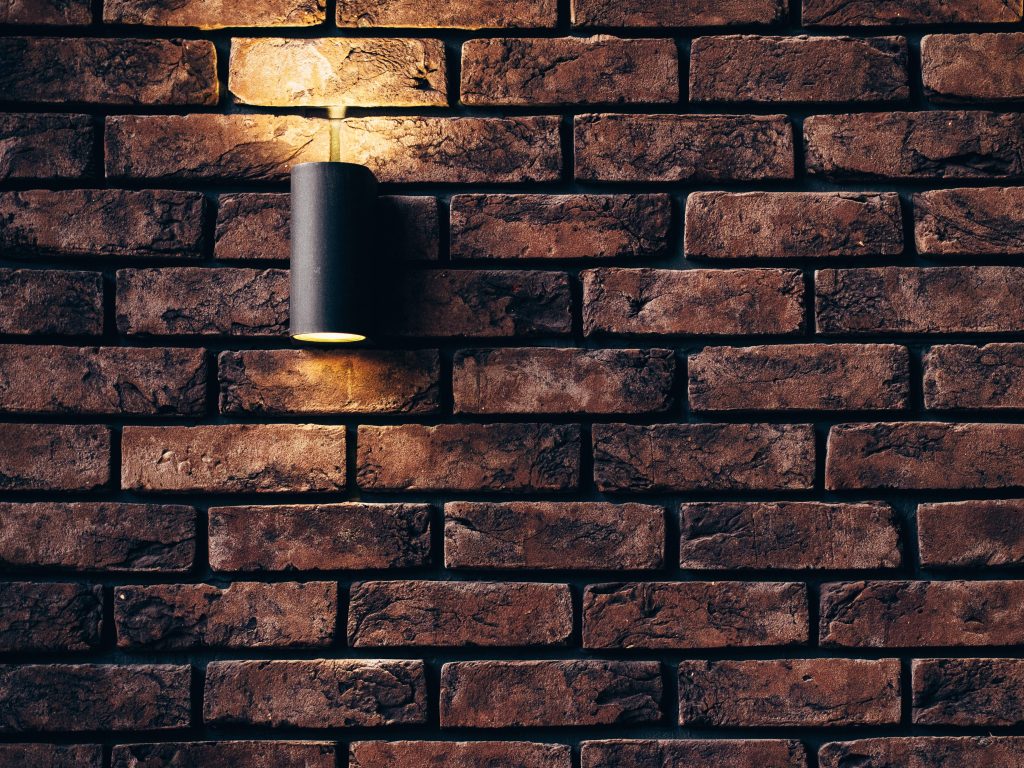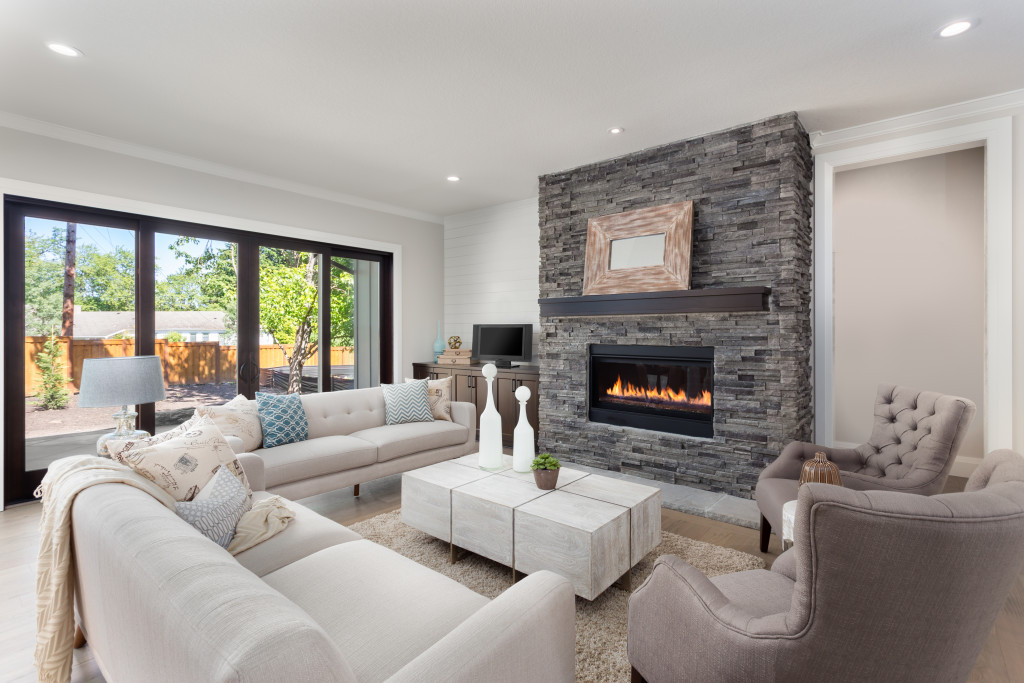Many homeowners are looking for a vintage home aesthetic when renovating a new house. While this may be easy to achieve in some cases, getting the look just right can also be challenging. Most newly-built homes are not old enough to have that worn-in, well-loved look that many people crave. But with a bit of creativity and elbow grease, it is possible to achieve a vintage home aesthetic without looking too contrived. Here are some tips for renovating a new house to get a vintage home aesthetic
1. Start with the floors.
One of the best ways to create a vintage home aesthetic is to start with the floors. Many new homes have ceramic tile or hardwood floors, which can be easily distressed to create a vintage look. If your home has carpet, you may want to consider removing it and replacing it with hardwood or tile. You can also visit reclaimed barnwood stores to find repurposed wooden flooring that will give your home an instant vintage look.
When renovating your floors, be sure to take into account the rest of your home’s aesthetic. If you have a modern home, you may want to consider keeping the floors sleek and simple. But if your home has a more traditional feel, you can go for a more rustic look with distressed wood textures.
2. Incorporate vintage furniture.
Of course, your furniture plays a significant role in creating a vintage home aesthetic. If you don’t have any old furniture to work with, consider visiting antique stores or flea markets to find pieces that fit your style. You can also give new furniture a vintage look by sanding it down and staining it with a dark color.
When choosing furniture for your home, be sure to select functional and stylish pieces. Many vintage pieces are fragile and may not be able to withstand daily use. And while you want your furniture to look good, it should also be comfortable enough for you to enjoy using it regularly. Ask an expert at your local antique store for advice on selecting the best vintage furniture for your home.
3. Add some vintage decor.
Vintage home aesthetics are not complete without the right decor. Wall art, rugs, and throw pillows are all great ways to add a touch of vintage style to your home. You can find many vintage-inspired pieces at local art fairs or online.
Choose decor that fits your personal style. If you prefer a more understated look, go for simple and classic pieces. But if you want your home to make a statement, go for bold and colorful decor. Most vintage decor use gold or bronze accents, so keep that in mi nd when selecting pieces for your home.
nd when selecting pieces for your home.
4. Be creative with lighting.
Lighting is essential in any home, but it is imperative in a vintage house. Many vintage homes used candles and oil lamps for lighting, so you may consider using them in your renovation. You can also find vintage-style light fixtures at many home improvement stores.
For example, chandeliers can add a touch of elegance to your home. Or you can go for a more rustic look with wall sconces. But if you use an open flame, be sure to use caution and follow all safety precautions. You can use battery-operated candles or LED lights instead to avoid any accidents.
5. Use wallpaper to add character.
One of the most distinguishable features of a vintage home is the wallpaper. Many houses from the early 20th century were covered in detailed, ornate wallpaper. While you may not want to cover your entire home in wallpaper, you can use it to accentuate certain features.
For example, you can use wallpaper to create a focal point in your living or dining room. Or you could use it to add character to your bathroom or kitchen. If you want to add a vintage style to your home without going overboard, wallpaper is a great option. But be sure to choose a design that fits your personal aesthetic.
6. Paint your walls with warm, rich colors.
Last but not least, you need to paint your walls with warm, rich colors. Many vintage homes used dark colors like burgundy, forest green, and navy blue. While you don’t have to use these colors in your home, they can give you an idea of the types of colors that are popular in vintage design.
You can also use light colors like cream and white to create a more airy feel in your home. But be sure to use these colors sparingly, as too much of them can make your home feel sterile and more contemporary. Choose the colors that you think best represent your personal style and the overall aesthetic of your home.
When it comes to creating a vintage home aesthetic, there are many different ways that you can go about it. From choosing the right furniture to adding the perfect finishing touches, there are many things that you can do to make your home look and feel like it’s from another era. But by following these tips, you can be sure that your home will have the perfect vintage aesthetic without compromising on comfort or functionality.

